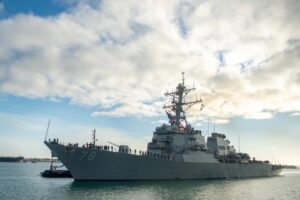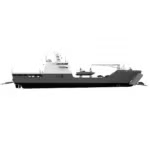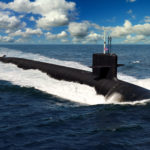
The Biden administration plans to forward deploy two more destroyers to Spain among other force posture changes as part of the updated NATO Strategic Concept, the White House said on Tuesday. On June 28, U.S. National Security Adviser Jake Sullivan told reporters the U.S. was making announcements of additional long term force posture commitments as President Biden headed to Madrid, Spain for a NATO Summit that resulted in approving a new NATO Strategic Concept. Sullivan said the U.S. will boost…

 By
By 











